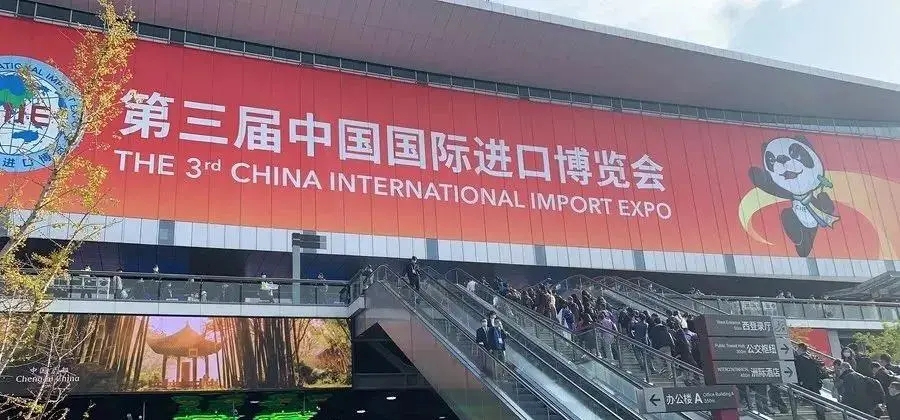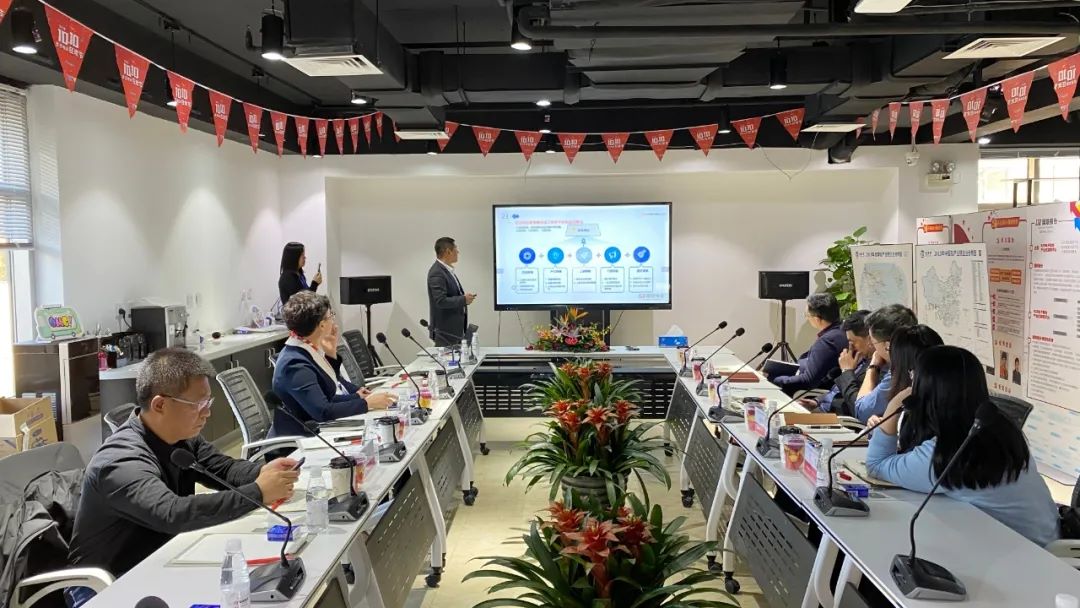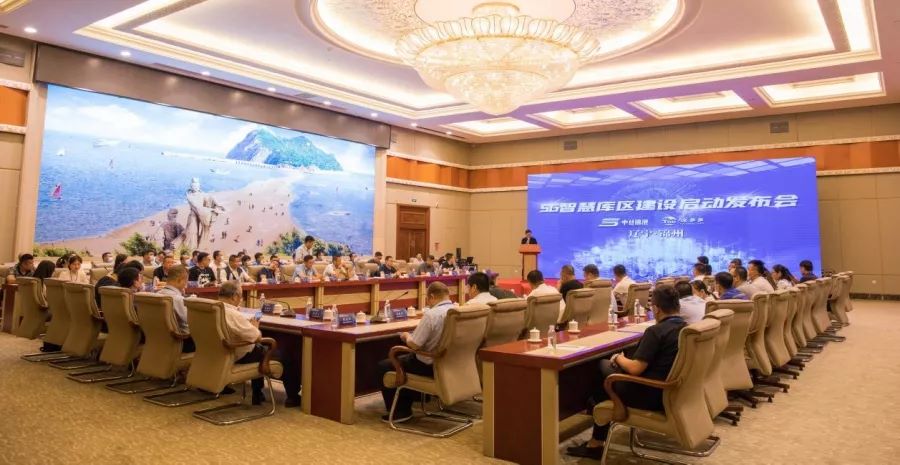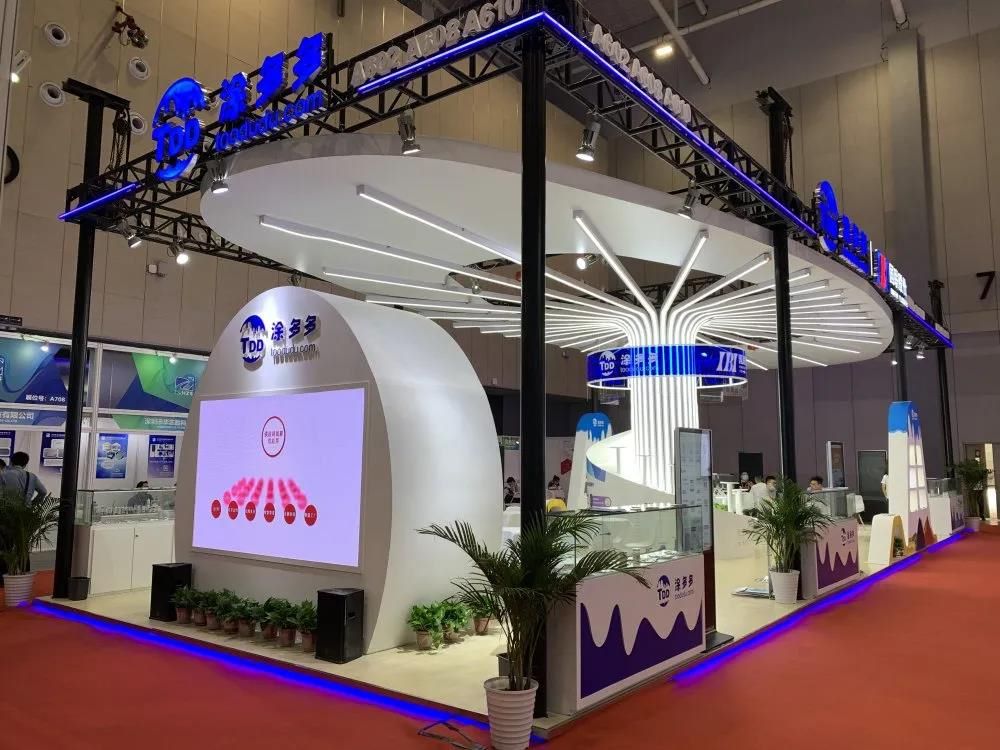Tire industry shock: a hot and cold market under tariff fluctuations
On April 10, 2025, just one day after the full reciprocal tariffs in the United States, US President Trump announced that the reciprocal tariffs would be delayed for 90 days. It is reported that these 90 days are for trade negotiations, and most goods imported into the United States will only be subject to a 10% base tariff that will take effect on April 5.
Tire factories that have built factories in Thailand, Vietnam, Cambodia, and Indonesia and are required to pay 36%, 46%, 49%, and 32% seem to be temporarily relieved, but the next words of the United States make the operators more panic.

01 High tariffs are suspended, and overseas factories are revived on the spot
If we look at it from a 10% benchmark, tire companies that have built factories in Southeast Asia are temporarily relieved-after all, Southeast Asian tire factories are not afraid of bad luck. As long as the global export tariffs to the United States are the same, the tires of Southeast Asian factories will still have extremely high price advantages.
Previously, a Chinese tire company said that it had urged American dealers to stock up 100,000 tires to cope with the cost challenges on April 9 before the tariffs. During this 90-day window, the American dealers are actually happier than the tire factories, who feel "resurrected". There are still 90 days left to stock up high-quality and cost-effective tires.
After the opening of the Shanghai and Shenzhen stock markets on April 10, the stock prices of Chinese tire listed companies opened higher and went higher. Almost all of these listed companies have set up tire factories in Southeast Asia, which means that in the next 90 days, a large number of tires will flow into the overseas factories of these tire companies - it is not unrealistic to complete a year's business in 3 months. But for tire companies that have not built factories overseas, there are only tears of envy at this time.
02 Chinese tire exports are becoming more difficult
Why envy? Because Chinese tires exported to the United States need to be taxed 125%, which means that truck tires that cost 890 yuan a piece in 2024 will soar to 2,000 yuan each in 2024 - 500 yuan more expensive than tires exported from Japan to the United States. Among the truck tires exported to the United States in 2024, the only sources of tires with a unit price of more than 2,000 yuan but still in the top ten of the rankings are Spain and Canada. However, the exports of these two countries to the United States are mainly aimed at supporting and high-end markets, which are not in the same track as the high-quality and cost-effective replacement market that Chinese tire companies are focusing on. It is not difficult to imagine the consequences of selling tires for 2,000 yuan in the high-quality and cost-effective market. Some people may ask why they don’t build factories overseas like the leading tire companies. The reason is simple, there is no money.
According to the investment amount announced by listed companies, the investment of an overseas factory must be at least around 1.5 billion yuan, and the total annual revenue of most tire factories does not exceed 1 billion yuan. Where do you ask them to raise money to build factories overseas?
Therefore, watching the leading companies get a 90-day order window, small and medium-sized tire companies can only envy. According to the general tire business rules of Chinese tire companies in recent years, the 125% tariff is likely to affect at least 15% of their sales revenue. As for how much the profit will be affected, it is currently difficult to imagine.
Because, although about 50% of the sales of most tire companies come from overseas markets, 80% of the profits may be supported by exports. After all, a tire that costs 900 yuan when exported to the United States may only cost less than 600 yuan in China. The high tariff of 125% has blocked the sales of Chinese tire factories in the US market. What to do? Perhaps some companies will set up sales companies in Southeast Asia or South America and transfer them from these overseas storage points to the US market. Although the cost will still be higher than the previous direct export to the United States, it is much lower than the 125% tax.
If this road is not feasible, then these tire companies can only roll back to the domestic market - price wars are inevitable. However, in any case, this is only a short-term solution for tire companies. If they want to seek long-term development, there is indeed only one strategy, "big investment in localized operations".
03 Localized operations are imperative
According to the news in the early morning of April 20, the two neighbors of the United States, Mexico and Canada, will continue to maintain zero tariffs on auto parts exported to the United States if they comply with the US-Mexico-Canada Agreement until the US Customs and Border Protection "establishes a process for imposing tariffs on its non-US products."
Tire factories in Mexico seem to be untroubled. In 2024, Mexico is the second largest exporter of passenger car tires to the US market, with shipments of 22.6 million tires, an increase of 6% over the level in 2023. However, it is worth noting that because the tire companies that build factories in Mexico are high-end products of first-tier tire companies such as Michelin and Bridgestone, although the tire exports are large, the price is definitely not cheap.
According to statistics, the average price of a passenger car tire exported from Mexico to the United States in 2024 is about RMB 610, which is the highest single tire export price to the United States. Chinese tires have always used Mexico as one of the important production capacities for localized operations in the United States - the cost is lower than that of building factories in the United States. But the superior geographical location makes it easier for them to supply the US market.
Although the tire exports here in 2025 are also overshadowed by tariffs, overall, the current zero tariff status of auto parts seems to make building factories here still attractive. Although there are rumors that some tire companies have been forced to suspend capacity construction in Mexico due to the "changing orders every day", it cannot be denied that this seems to be an excellent "springboard" for many Asian tire companies to adapt to localized operations in the United States.
Rather than seeing the 125% tariff as a "head-on blow", it is better to see it as a "wake-up call" - urging Chinese tire companies to truly do a good job of "localized operations in overseas markets" rather than just selling products to overseas markets. In fact, Bridgestone stated as early as 2024 that in its medium-term business development plan (2024-2026), it would maximize efficiency and benefits through a truly "global localization" management structure. Bridgestone, which has long experienced many changes in the tire business and many tire baptisms, knows that when the global tire trade "collision" is fierce, only a stable market supply in overseas markets can "turn danger into safety".
Now that the United States has launched unreasonable anti-dumping and countervailing measures against China, will Europe and South America follow suit and also choose to impose high tariffs on China in order to protect the interests of manufacturers in their own regions? Therefore, paying more attention to global localized operations is a business transformation that tire companies must make after feeling the pressure of tariffs in 2025. Unfortunately, as we mentioned earlier, there may be less than 20 Chinese tire companies that are really rich enough to invest in localization in Europe and the United States. Even now, there are only 4 Chinese tire companies that can go out to build factories in Europe, the United States and Africa.
04 Reciprocal tariffs are suspended, and automobile tariffs remain
However, it is worth noting that the current tariff on tires exported by Southeast Asian factories to the United States is really only 10%. According to the latest news, the 25% tariff on automobiles and parts that took effect on April 2 is still in effect. At the same time, Trump also said that the United States will continue to impose tariffs on specific industries, and hinted that more tariffs may be imposed in the future...
- A variety of ultra-high performance tires compete700
- Lubricant and tire prices soar due to tariffs965
- The more difficulties we face, the more courageous Chinese tires are1015
- Domestic and international rubber market situation on April 17, 20251037
- Cognitive breakthrough of tire safety technology: from single reliance to system construction970









